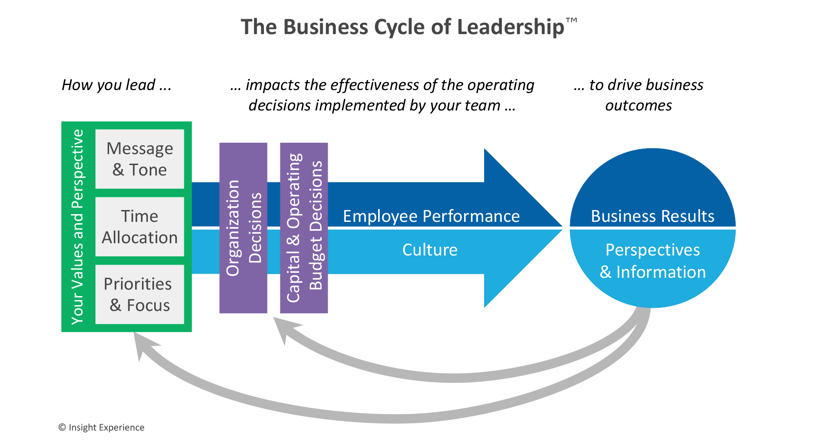It’s no secret that trust is key in an engaging and productive work culture. When crisis strikes, organizations with a strong culture of trust tend to have the highest levels of engagement and productivity.
A Crisis Met with Trust
Look at Dan Price, CEO of Gravity Payments, an organization with a fascinating history and proven culture of trust. Facing the crisis of laying off 20% of his workforce in 2020 or leading his company into bankruptcy, Gravity’s leadership team had some tough decisions to make. Already, this organization had made headlines when several years earlier, Price took a massive pay cut to raise all employees’ wages to $70,000 annual salary.
The Power of Listening
Trust and listening are inextricably linked. Both scholarly research and commonplace wisdom indicate that that high-quality listening can have many benefits for organizations. This includes strengthened relationships, increased commitment, and better long-term outcomes for the organization (Pery, Doytch & Kluger, 2020).

We see listening heavily employed at Gravity. When the pandemic crisis struck, Price made headlines for another successful compromise. After communicating the difficult situation they were in in, Price and his leadership team spent more than 40 hours listening to employees, gathering feedback, and asking for ideas to avoid layoffs.
Nearly every employee agreed to take a temporary pay cut to keep the organization intact. Gravity Payments has since recovered and was able to increase wages, including back pay for the original cuts.
Trust Is Built Over Time
Articles covering this story point to openness and honesty as the keys to Gravity's success in this moment. And while true, we'd argue the real driver was an established culture of trust, one built on a consistent pattern of listening followed by meaningful action.
The Business Cycle of Leadership™ explains this dynamic: When employee perspectives inform business decisions and those decisions reinforce trust, the cycle continues. In contrast, when listening doesn't lead to action, mistrust grows.
 Leading Through Defining Moments
Leading Through Defining Moments
Listening in isolated moments isn't enough. According to Ballinger and Rockman (2010), relationship perspective and dynamics can be permanently altered in defining moments, such as a global pandemic causing financials to tank. Employees’ perceptions of these pivotal interactions impact outcomes like organizational commitment and turnover intention (Reynolds-Kueny & Shoss, 2020).
As a result, leaders need to create a consistent cycle of listening and action. A leader’s ability to listen to employee feedback and take consequential action will drive stronger employee performance and continue to develop a culture of trust.
How can leaders start building a culture of trust today? The findings are simple:
-
Proactively seek employee perspectives.
-
Follow up with visible, meaningful action.
One failure can erode trust quickly, but one great, authentic response can build it just as fast. Small, intentional actions, especially in critical moments, can have outsized impacts on culture and engagement.
Head here to learn more about the Business Cycle of Leadership™.
References:
Ballinger, G. A., and Rockmann, K. W. (2010). Chutes versus ladders: Anchoring events and a punctuated-equilibrium perspective on social exchange relationships. Academy of Management Review, 35(3), 373–391. https://doi.org/10.5465/amr.35.3.zok373
Pery, S., Doytch, G., & Kluger, A. N. (2020). Management and leadership. In D. L. Worthington & G. D. Bodie (Eds.), The handbook of listening (pp. 163–179). Wiley.
Reynolds-Kueny, C., & Shoss, M. K. (2020). Sensemaking and negative emotion sharing: Perceived listener reactions as interpersonal cues driving workplace outcomes. Journal of Business and Psychology, 36(3), 461–478. https://doi.org/10.1007/s10869-020-09686-4

Bethany Bremer
Bethany primarily works on simulation design and facilitates the Leadership Foundations program. She is also a project manager and contributor to the Insight Experience blog. She is passionate about finding the potential in people and processes and developing that potential for remarkable results.









